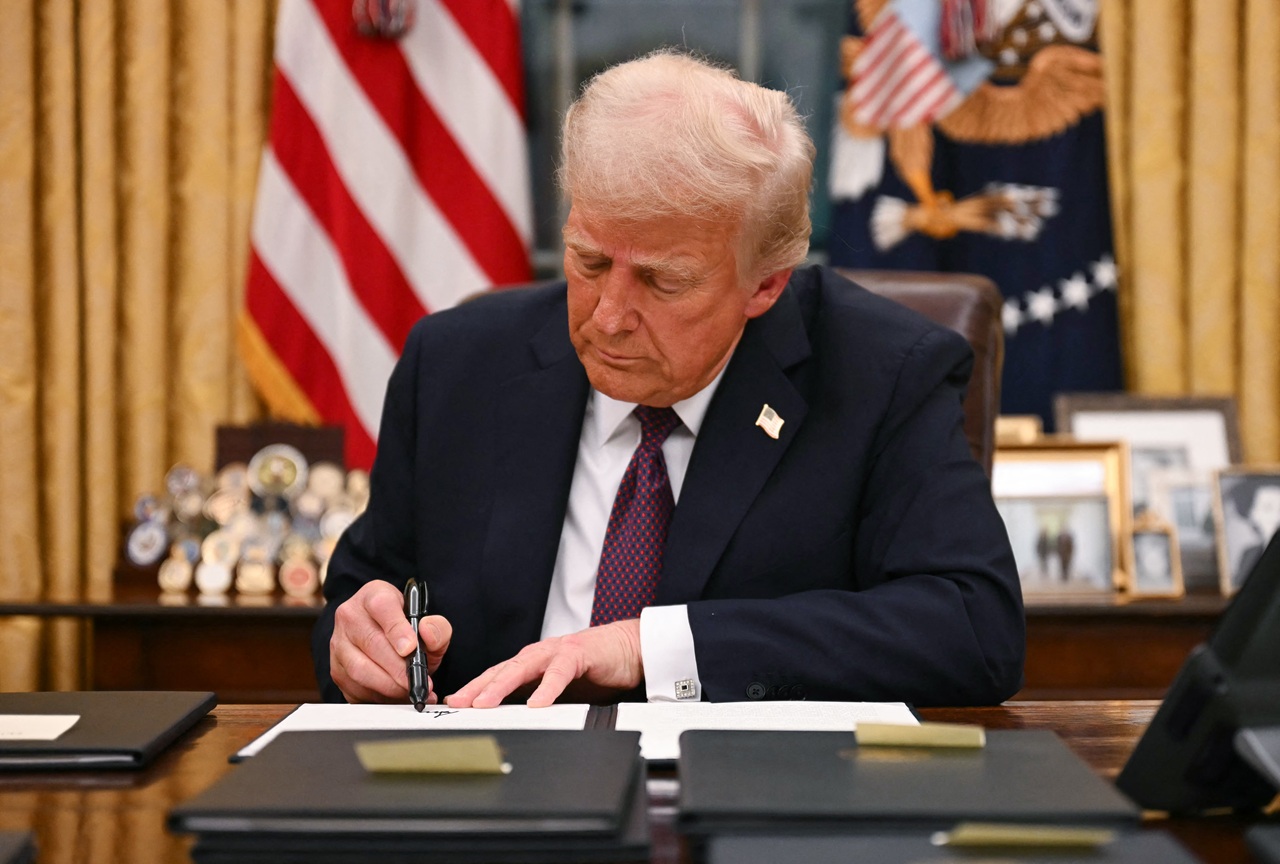
The demand for PILOTs from Penn and Drexel heats up in West Philly as schools remain underfunded
Hundreds of protesters blocked traffic on March 30, to call on the higher ed institutions to provide more funding to Philadelphia schools.
Last November, the University of Pennsylvania pledged $100 million to the School District of Philadelphia over the next 10 years.
At the time, UPenn President Dr. Amy Gutmann cited the school district’s crumbling and hazardous infrastructure as a major motivation for the 10-year gift.
However, the investment comes in place of the Ivy League school paying PILOTs to support the district.
As nonprofits, Penn and its neighbor, Drexel, pay no property taxes on the massive swaths of West Philadelphia real estate they hold.
PILOTs, or Payments In Lieu of Taxes, are voluntary payments often made by bigger nonprofit organizations to their surrounding municipalities. The payment amounts are calculated as a percentage of the property taxes the nonprofit would pay if it wasn’t exempt.
Penn and Drexel also don’t pay any PILOTs, and it’s something community organizers have been calling on the institutions to do so for years.
The debate heated up on Tuesday, March 30, as hundreds of students, community members and leaders took to the streets in University City to demand PILOTs as nearby Philadelphia public schools still struggle with providing non-hazardous environments for children to learn amid the slow return from the COVID-19 pandemic.
The march started at the 3800 block of Walnut Street, weaved through Penn and Drexel’s campuses, and ended at the intersection of Market Street and JFK Boulevard.
It was organized by Philadelphia Jobs With Justice, and featured collaboration with 10 other organizations associated with Penn and Drexel and from around the city.
The percentage of property taxes marchers demanded from the schools was 40%, which they said would go a long way in repairing and reconstructing much of the dilapidated infrastructure in the district.
It’s been like that for a while, and protesters expressed outrage that it took a pandemic for officials and bigger institutions to take action.
“It is frustrating to see that necessities like full-time nurses, functional windows, air conditioning, outdoor spaces, and smaller class sizes are only getting the attention they deserve because of a global pandemic” said Lin Lin, a junior at Central High School and a youth organizer with Asian Americans United. “I am angry, but I remain hopeful that with the recent national uprisings for social justice, this is our chance to secure the resources that we have always demanded.”
Also in attendance was Pennsylvania State Rep. Rick Krajewski, who represents University City in Harrisburg.
RELATED CONTENT
He commended Penn for its $100 million contribution over the next 10 years, calling it “a step in the right direction,” but pointed to the institution’s overall endowment of close to $15 billion as evidence that more can be done.
“We can model what it looks like to create real community benefit agreements between a university and neighborhood it aims to serve. We can knock down the ivory towers and strive to make education access as equitable as possible,” said Krajewski.
Penn once paid PILOTs as part of a five-year agreement with the city that started in 1995. In that time, Penn paid an annual $1.93 million to the city to support its surrounding community.
When the five years elapsed, the agreement was not renewed.
The other ways institutions like Penn and Drexel get out of paying money to the city is through SILOTs, or Services in Lieu of Taxes. Both provide free services to the surrounding communities that they fund with their own money.
At Penn, that includes the university’s own private police force, upgrades to infrastructure, and free clinics held at area elementary schools.
Drexel’s estimates it invests $25 to $50 million in programs in partnership with the city on an annual basis. Two examples it offers include new construction at the Samuel Powel School in Powelton Village and the dredging of the Schuylkill River.
Regardless of their contributions elsewhere, residents in the area feel that direct payments to the city via PILOTs would be the best path forward.

This article is part of Broke in Philly, a collaborative reporting project among more than 20 news organizations focused on economic mobility in Philadelphia. Read all of our reporting at brokeinphilly.org.











LEAVE A COMMENT: